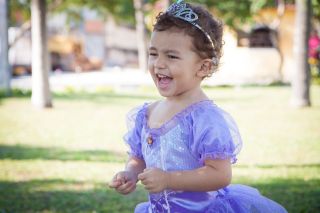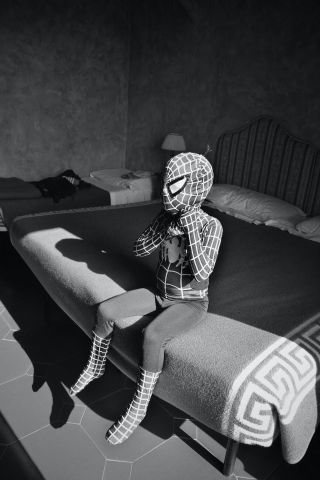By Sarah Coyne, Ph.D., Ashley Fonger, and Cora Rasmussen

Some believe that princesses are a problem, but there could be helpful lessons to learn
Source: Roberto Gemini on Freepix
Like many girls, we grew up watching Disney princess movies, singing Disney princess songs, and dressing up like my favorites. Dreaming up my own fairytales, we played princess, never imagining how princess culture would stick with us. As adults, we still have favorite princesses, with Belle, Rapunzel, and Mulan topping my list. In college, we’ve come across arguments that the princess ideal is harmful to women and girls, but how could my childhood heroes hurt me? Do all princesses send unhealthy messages to children, or has Disney done good for our girls, and me?
Stereotypes Persist
Recent research has shown that Disney princesses teach our girls what it means to be a woman, but some of these messages may be harmful. Examining all Disney characters from Snow White to Frozen 2, we see that attributes of Disney characters generally fall into stereotypes. Characters with larger bodies are typically lazy, characters with smaller bodies are more romantically involved, and muscular characters are leaders. Boys and girls notice the physical and personal qualities of Disney characters, especially princesses. Think of Snow White, the first of her kind, where the focus was on her physical appearance. Her beauty was such that a prince fell immediately in love with her, coming to her rescue and carrying her away at the end of the movie. Kindness and domestic cleanliness aside, Snow White may have been teaching my girlish heart that traditional beauty was my most important asset.

Girls are not the only victims of the “ideal body image.”
Source: Schäferle on Freepix
Girls are not the only victims of the ideal body image. The research on superhero body types and men portrayed in the media is still limited, but the signs, such as internalizing the aggressive-masculinity stereotypes and the muscular ideal, are clear. Interestingly, stereotypes about girls are usually based on physical appearance, whereas for boys stereotypes are based on behavior. Women need to look a certain way, whereas boys need to act a certain way.
Growing into better heroes
Most superheroes fight for what they believe in, typically by exerting physical force or aggression. Little boys need to understand they can be masculine and manly by being caring, loving, and nonviolent—they should be! They can express emotions, they do not need to push them down like the Lego Batman. Of course, princess and superhero stereotypes are not all harmful. Disney princesses show young girls that they can be brave like Merida and Captain America, curious like Rapunzel and Spider-Man, and smart like Belle and Iron Man.

Kids can grow with better heroes.
Source: Mali Desha on Freepix
Perhaps to discard old stereotypes, newer Disney movies have been giving us more average body types and diverse gender roles for both boys and girls. Think of the early Disney movies. Snow White was a beautiful young girl who cleaned the house of men she found. Elsa and Anna are pushing through to prove their sisterly love! They know the power they hold and they run with it! Turning Red brings in talk of menstrual cycles for young girls and boys to understand, something we wish we had learned at a young age! Boys and girls value characters who challenge gender stereotypes. While the stories of Cinderella and Snow White being saved by their Prince Charming should not necessarily be thrown away, it is important to realize that having a variety of stories and characters is important. Studies have also shown that children who have a favorite princess with an average body size or shape are more likely to have positive body esteem, perhaps due to how these princesses use their bodies. Having a variety of characters to look up to also gives children the chance to see different aspects of themselves in a positive light.
Disney has been doing better in recent years with their portrayal of women as diverse, capable role models for girls and boys. While parents and children need to be aware of inaccurate gender and body stereotypes, we can rest assured that our favorite princesses do have a positive impact on our ideas about women. Watch Tangled with your son, worry-free. Sing “Let It Go” with your niece. Have an epic, imaginary princess adventure with your sister. You just might be helping them learn how special women really are.
Ashley Fonger and Cora Rasmussen are graduate students at Brigham Young University.

